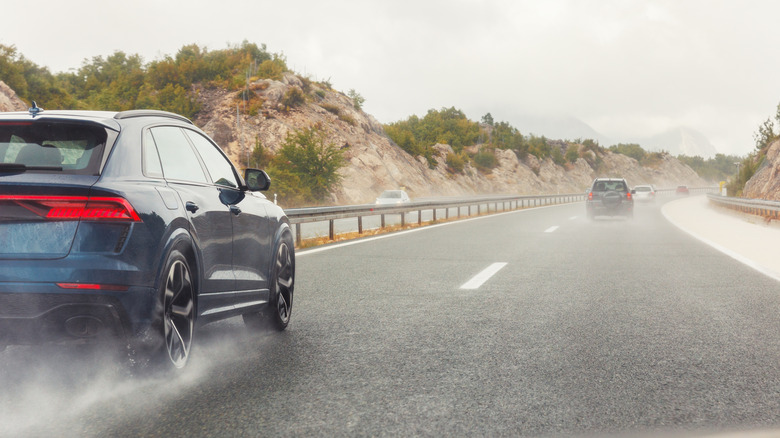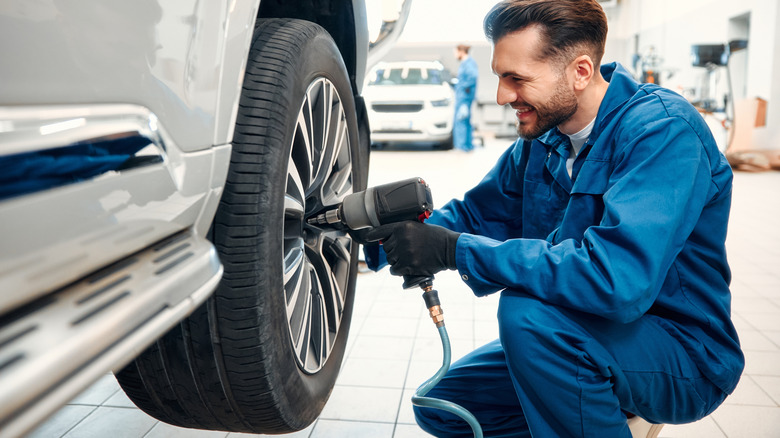Do AWD Cars Wear Out Tires Faster?
Vehicles with all-wheel drive (AWD) have particular upsides and downsides. The advantages include relentless all-weather traction and surefooted handling over wet, snowy, or slippery pavements. Due to their four-wheel traction and grip, AWD vehicles are more off-road capable than front-wheel drive (FWD) cars, making them more suitable for exploring the beach or forging rugged trails. However, AWD has a few disadvantages, including higher pricing, so-so fuel economy, and increased maintenance costs; particularly tire rotations and replacements.
Regarding tire wear, the front tires of a FWD and AWD vehicle will typically wear out faster than the rear tires. The reason is that the front tires must steer and scratch the surface more often to change directions and handle most braking forces. In addition, AWD vehicles can wear out tires quickly since the drivetrain sends power to all four wheels. Unlike a front-wheel drive car that can live with new tires in the front and worn-out rubber in the back, AWD cars with mismatching tire brands, tread depths, and sizes will cause unnecessary wear on the drivetrain.
For instance, some automakers recommend rotating the tires every 7,500 miles and replacing all four tires simultaneously, making sure they're all the same brand, tread, load index, and size. They add that mixing tires of different brands, types, and sizes will not only damage the all-wheel drivetrain but also affect the stability, handling, and braking of the car. However, your most significant concern with AWD is the need for more frequent tire rotations and replacing all four tires if needed, regardless if only one tire is damaged or displays signs of irregular wear.
Why do AWD cars need to replace all four tires at once?
It all concerns the added weight and complexity of a typical all-wheel drivetrain. New tires have larger diameters than used tires of the same size, brand, and type. The differences in the circumferences of a new and used tire will affect how the all-wheel drivetrain sends power to the wheels. A new tire with thicker treads will travel a greater distance per rotation than an older tire with worn treads, which means the old tire will have to spin faster to keep up.
In addition, the electronics could mistake the faster rotations of the old tire for slippage, which means the system may incorrectly transfer power to cope with existing driving conditions, even when driving straight over smooth tarmac. Driving continuously with the system consistently detecting slippage (especially to a single offending wheel) will cause premature wear and tear to various components of the AWD system, including the transmission, differentials, and the driveshafts.
In short, spending $800 or so on four new tires is better than spending thousands of dollars on parts and labor to repair worn-out differentials. It's relatively okay for FWD or rear-wheel drive (RWD) cars to use different tire brands if the sizes and tire types are the same. However, with an AWD car, it's best to replace all four tires of the same brand, size, and type to avoid costly headaches later on.

